
Willow bark has been used for centuries as a natural pain reliever. It contains salicin, which was later synthesized and is the active ingredient in aspirin. It’s reputed to relieve pain without the stomach upset chemical aspirin causes, and it’s easier on the liver too.
All willow species contain some amount of salicin, so it’s easy to find a tree in your area for making natural aspirin.
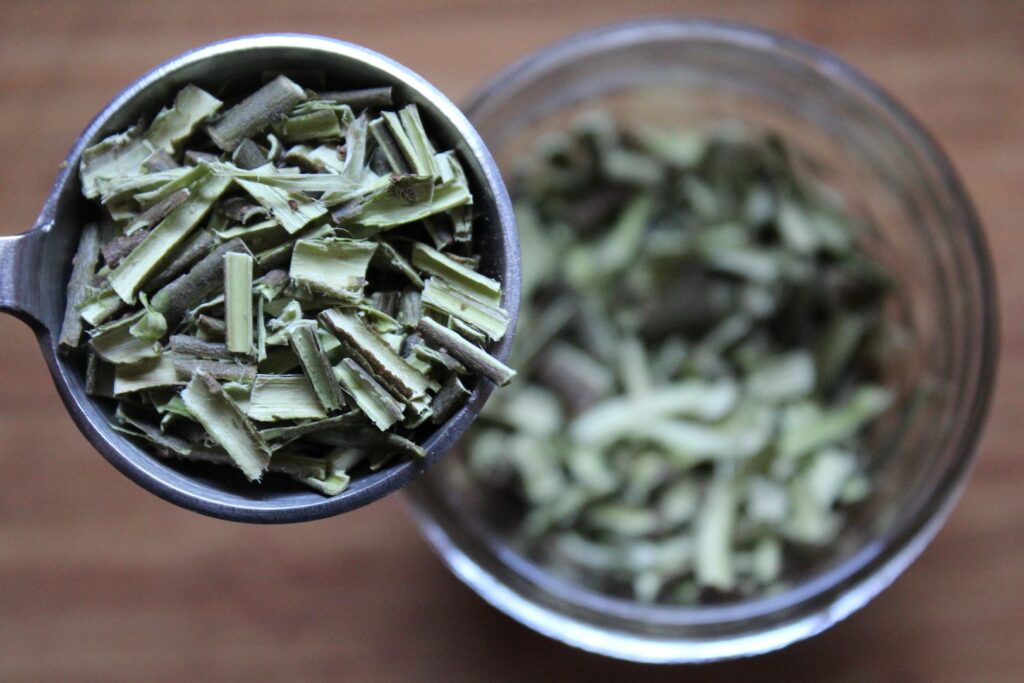
IDENTIFYING WILLOW
There are more than 300 species of willow, and each one is slightly different. They all contain salicin in varying amounts, as the family name Salicaceae suggests.
Willow comes in both trees and small shrubs. In Central Vermont, small willow shrubs are common just about anywhere with poor drainage.
We planted quite a few willow native shrubs in areas where we have standing water in the spring. They’re known to be highly evaporative, and they can help dry out land that’s waterlogged.
They’re easiest to identify in the early spring when they put out tiny fluffy catkins. They pop before leaves enter the landscape, and their glowing white/yellow color helps you pick them out of an otherwise brown landscape pretty easily.
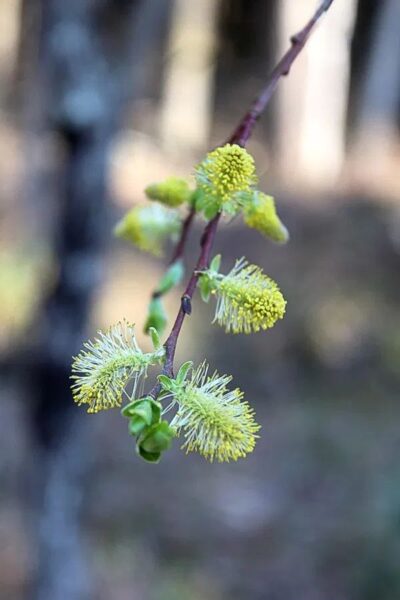
USES OF WILLOW BARK ASPIRIN
Willow bark can be used for all the same purposes as traditional aspirin. It reduces pain and fever and acts as an anti-inflammatory. In one study, willow bark was shown to be as effective as Ibuprofen in treating low back pain.
Other studies have shown it to be an effective treatment for osteoarthritis. The standard dose in both of these trials was 240 mg of salicin per day.
It’s tricky to get an exact dosage with homemade willow bark aspirin because each tree is going to contain different amounts. If you’re looking for precise dosage, go with a pre-made willow bark capsule.
HARVESTING WILLOW BARK
Willow bark is foraged in the early spring, just as the plants are breaking bud. As the sap rushes up to create new leaves, the inner bark is more pliable, and it’s easier to separate the bark from the wood.
Willow bark can be harvested directly from the trunk of the tree, but be aware this causes damage to the tree, and may cripple or kill a willow. It’s always important to think of the ethical implications of your actions when wild foraging, and consider whether or not you can accomplish the same thing by gentler means.
The Herbal Academy’s Botany and Wildcrafting course is a great resource for beginning foragers just learning the ropes of ethical wild-crafting, and they note,
“Many people assume that it is ethical and sustainable to harvest from the trunk of a living tree. However, when considering the reality that you are creating an open wound that can introduce disease or cut off the circulation of the tree’s food and water, it starts to sound like a really bad idea.”
Harvesting too much can cause the tree to die, and even small amounts can open the tree up to disease and deformity. Trunk harvesting should be limited to survival situations, or in cases where the tree has just fallen from a storm.
Luckily, for most willow species, it’s not necessary to harvest from a large trunk. Many have scrubby growth habits, and the native willows on my land look more like bushes than trees. Harvesting bark from small branches is actually easier anyway, and the bark can be stripped away with a pocket knife.
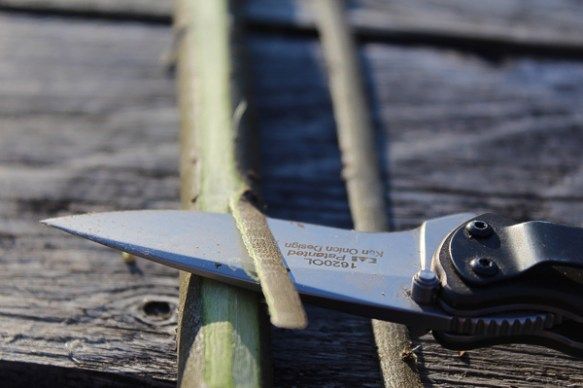
When harvesting from the trunk, you have to pull away the outer bark to get access to the medicinal inner bark.
On small branches, the outer bark is very thin and can just be incorporated into the medicine.
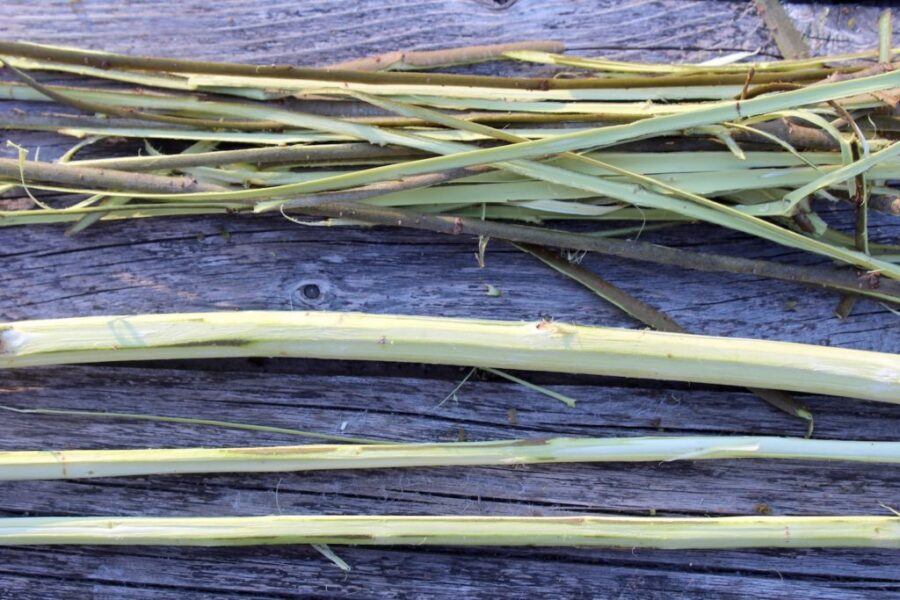
WILLOW BARK TEA
The most common way to take willow bark aspirin is as a tea. The bark can be used fresh if it’s just been harvested, but more commonly it’s dried for later use. Either way, start by boiling water in a pot.
Dried willow bark can be cut or broken into chips so it’s easier to measure. Add about 1 tablespoons full of bark chips for every cup of water. Boil the bark for 10 minutes, and then remove it from the heat and allow it to steep for about 30 minutes.
In that initial boiling phase, some of the water will cook off and then more of the water will absorb into the bark. If you want 1 cup of finished tea, start with 2 cups of water and 2 tablespoons full of willow bark.
Once it’s finished steeping, go ahead and drink it. It’s bitter, but not intensely so. I think willow tastes a bit like a hoppy beer. Pleasantly medicinal, but not over the top.
If you have trouble with bitter flavors, a willow extract is a better way to take willow bark.
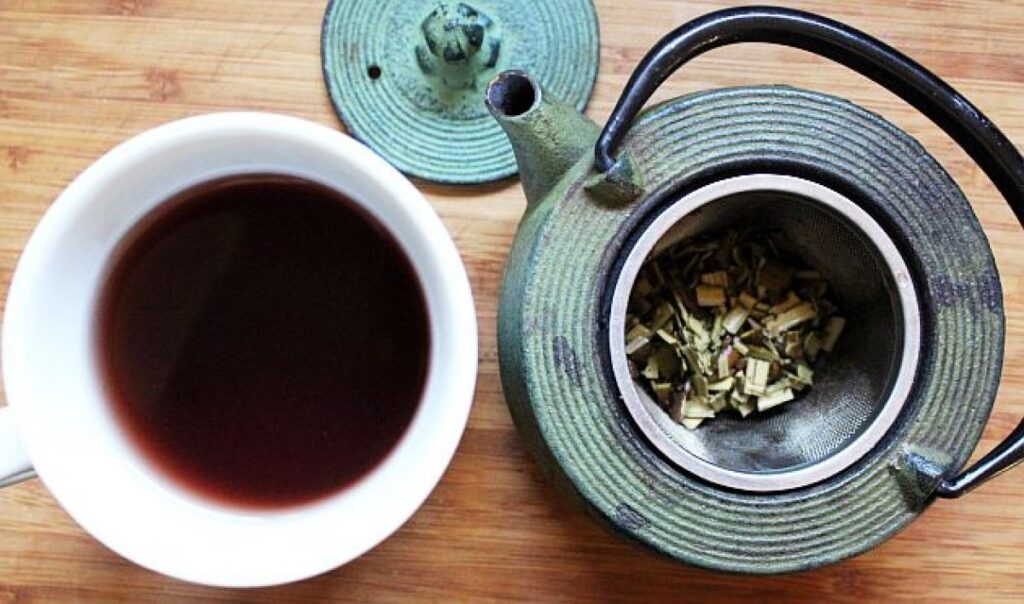
WILLOW BARK TINCTURE
The best part about a willow bark extract is that it’s ready to go. Once the bark is harvested in the early spring, it can be kept as an extract all year and used whenever it’s needed.
Other methods, like willow bark tea, require boiling water and steeping the dried bark. With an extract, all you need is a few drops and you’re ready to go.
An extract of willow bark, known as a tincture, can be made by steeping the herb in alcohol.
To make a willow bark extract using the folk herbalist method, start by packing a jar about 2/3 full with willow bark. Cover the bark completely with a neutral alcohol such as vodka. Fill the jar to within an inch of the top and then cap it.
Give it a shake, and store in a cool dark place for a few months. Shake it anytime you think of it.
Once the extract is complete, strain out the willow bark and store the tincture in amber dropper bottles. Total salicin content will vary in homemade willow bark extract, but you can buy standardized extracts here if you’re hoping for an exact dose.
WILLOW BARK EXTRACT
I love the idea of a convenient tincture that’s ready to go when you need it, but I’m not so keen on the alcohol part. When I’ve got a headache, the last thing I want is a shot of vodka, even if it is medicinal.
You can make an extract using vegetable glycerine, and there are glycerine tinctures available on the market. I just can’t get past the taste.
Plenty of people find it inoffensive, and it has a natural sweetness, but I can’t stand it. I’d rather drink vinegar.
A willow bark extract using raw apple cider vinegar has the benefit of being probiotic, and it can be taken straight or made into an oxymel by adding in a bit of raw honey. I make an elderberry oxymel every year to help keep my family healthy, and a willow oxymel might be just what the doctor ordered for headaches and fever.
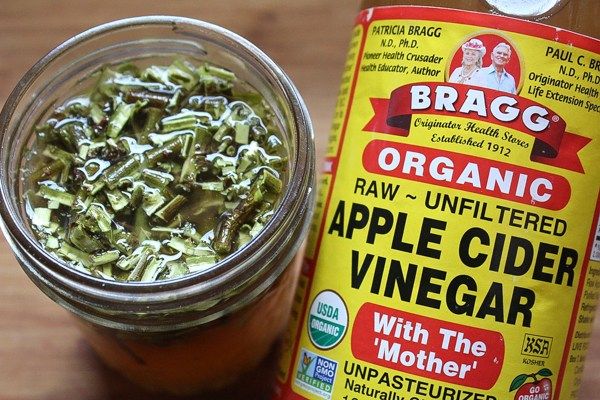
WILLOW BARK CAPSULES
If you’re able to harvest just the inner bark, it can be dried, ground and put into capsules. Your homemade capsules won’t be standardized like purchased capsules, but they are convenient for quick use. Unlike a tea, you don’t have to wait nearly an hour for it to cook and steep.
Once the willow bark is ground, use a capsule holder to fill empty gelatin capsules. A tiny spatula can help with this delicate work. Honestly, filling capsules is fiddly and frustrating work in my opinion.
I’m willing to put the effort into foraging willow, but I don’t have the patience for stuffing it into capsules. I’ll stick with tincture and tea.
WILLOW BARK DOSAGE
Multiple studies have shown that chronic conditions are greatly improved by a dose of 240 mg of salicin per day. That’s not actual willow bark, that’s a measure of the salicin. Most of the willow bark supplements on the market are packaged in 400mg capsules, but they’re standardized to contain 60mg of actual salicin per capsule. They’re taken in doses of 2 capsules twice daily, for a total of 240mg per day.
But how much do you take when it’s not a standardized capsule?
For willow bark tea, an approximate dosage is 3-4 cups of tea per day, each made with between 1 and 2 tablespoons of bark.
For willow bark extract, the dosage is about 1 teaspoon per day or about 100 drops from tincture bottle, spaced out over the course of the day.
